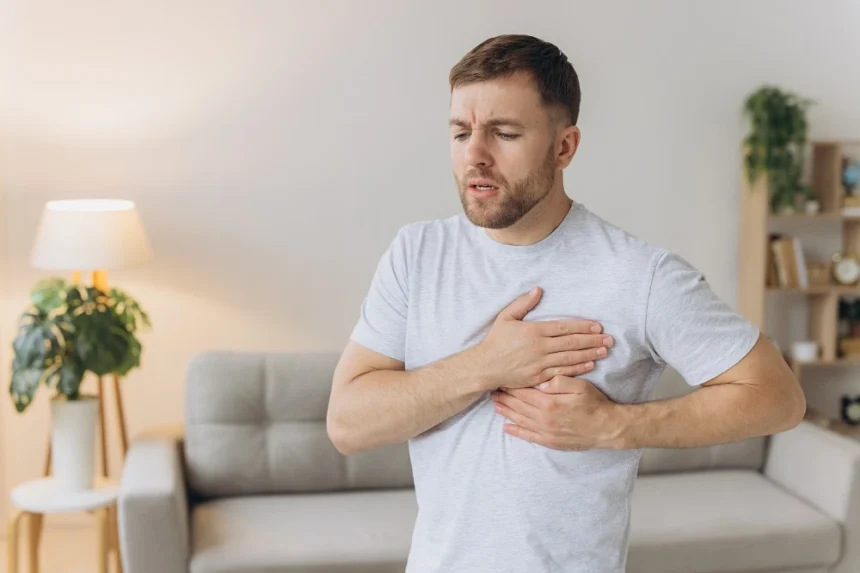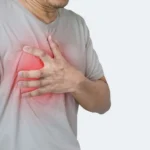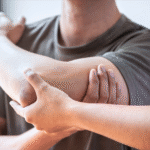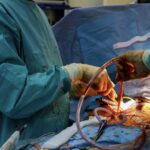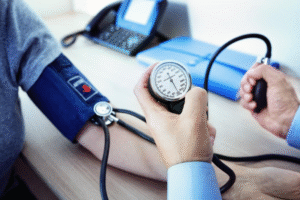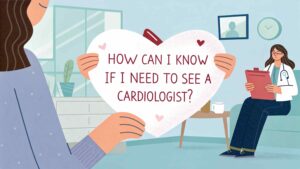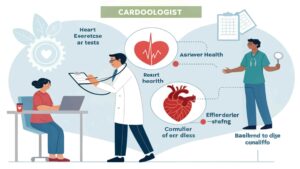A stroke occurs when blood flow to a part of the brain is disrupted, causing brain cells to die due to a lack of oxygen and nutrients. Recognizing the warning signs of a stroke promptly is fundamental to reducing the impact of stroke-related complications. Let’s examine the key symptoms to watch for in stroke prevention and why seeking swift medical assistance is paramount.
Key Signs of Stroke
Understanding stroke warning signs is key to recognizing its onset and may help in stroke prevention. These symptoms often develop suddenly and may include the following:
- Numbness or Weakness: Experiencing sudden numbness or weakness in the face, arm, or leg, particularly on one side of the body, is a key indicator. This symptom can often manifest without any prior warning.
- Speech Difficulties: Abrupt difficulty speaking, slurred speech, or trouble understanding spoken language are other hallmark signs of a stroke.
- Vision Changes: Sudden vision problems, such as blurred vision or loss of vision in one or both eyes, require immediate attention.
- Loss of Balance or Coordination: A sudden loss of balance, coordination, or dizziness can also signal a stroke.
If any of these symptoms appear, call emergency services immediately. Acting quickly is fundamental to stroke prevention and reducing the severity of potential damage.
Benefits of Early Response
Taking immediate action upon noticing stroke symptoms can significantly reduce stroke-related harm. Medical intervention within the first few hours is key to help minimize brain damage and improve recovery outcomes. For instance, certain therapies are only effective when administered promptly after the warning signs of a stroke emerge.
Awareness of common symptoms and their sudden development empowers individuals to act early, improving the chances of effective medical treatment. It is also helpful to familiarize yourself with the acronym FAST, which stands for Face drooping, Arm weakness, Speech difficulty, and Time to call 911. This method simplifies stroke detection and enables timely medical attention.
Practical Stroke Prevention Tips
Reducing stroke risk starts with changing your daily habits and lifestyle choices. Here are some helpful measures to contemplate for stroke prevention:
- Maintain a Balanced Diet: Incorporating fruits, vegetables, whole grains, and lean proteins into your diet can help maintain cardiovascular health.
- Exercise Regularly: Engaging in moderate physical activity for at least five days a week supports healthy blood pressure and reduces stroke risk.
- Monitor Key Health Metrics: High blood pressure, diabetes, and high cholesterol levels are key risk factors for stroke. Routine health check-ups to monitor these metrics are advisable.
- Limit Smoking and Alcohol Intake: Smoking doubles the risk of stroke, while excessive alcohol consumption can contribute to high blood pressure. Reducing or eliminating these habits helps reduce stroke risk.
Taking proactive steps is instrumental in managing risk factors and supporting long-term brain and cardiovascular health.
Learn Proven Stroke Prevention Strategies
Recognizing early symptoms and acting promptly are cornerstones of effective stroke prevention. Knowing the common warning signs, such as sudden numbness, speech difficulties, and vision problems, equips you to act decisively to safeguard your health. At the same time, adopting a healthier lifestyle designed to reduce stroke risk can help fortify your overall well-being. Consult with a cardiologist or healthcare professional today for more resources or to learn about customized stroke-prevention strategies.


